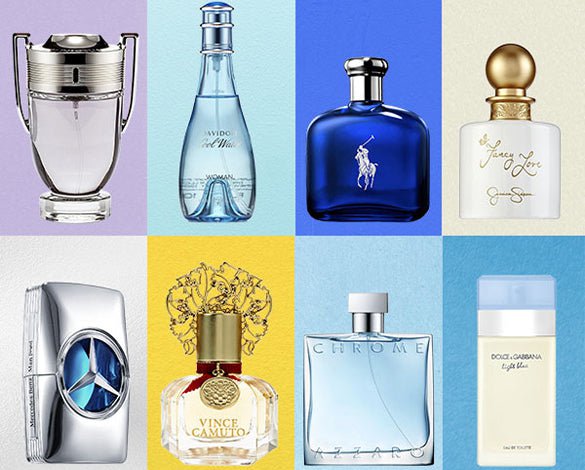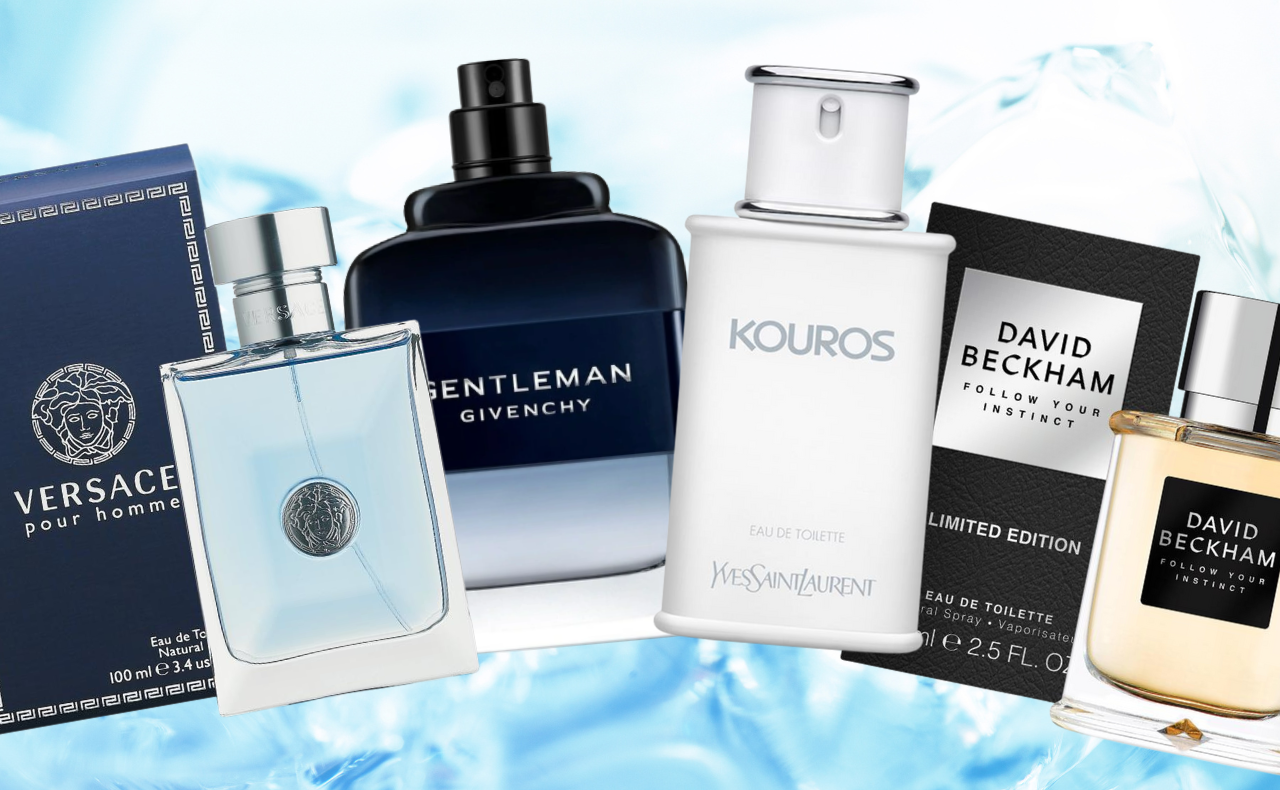Leading 10 Perfumes for Men in 2024: Find Your Perfect Aroma
Wiki Article
From Traditional to Modern: A Journey Via the Advancement of Perfumes and Scent Trends
As we stand at the threshold of perfumery's abundant history, the trip from timeless to modern scents beckons us to witness the complex tapestry of scents woven through time. The evolution of fragrances and fragrance fads mirrors the ever-changing landscape of social standards, artistic movements, and technical innovations. From the old origins of perfumery to the cutting-edge advancements of today, each period has left its distinct mark on the olfactory world. Join us as we embark on a captivating trip through the worlds of fragrance, exploring just how the previous remains to shape the fragrant existing and future.Historical Origins of Perfumery
The historical origins of perfumery can be mapped back to old civilizations such as Egypt, Mesopotamia, and China, where great smelling oils and incense were used for religious ceremonies, rituals, and personal adornment. In ancient Egypt, fragrances held significant cultural and spiritual importance, with scents like frankincense, incense, and cedarwood being commonly utilized. The Egyptians also established innovative strategies for drawing out necessary oils from plants and flowers, laying the foundation for contemporary perfumery.Likewise, Mesopotamians made use of perfumes in religious events committed to their deities. The popular Epic of Gilgamesh, one of the earliest making it through works of literary works, also points out the significance of perfumery. In China, fragrant materials were used in different types, including incense, sachets, and in showering rituals. The Chinese additionally created ingenious techniques for blending scents, which later influenced perfumery methods in various other components of the globe.
These ancient people not only valued the enjoyable fragrances however also acknowledged the spiritual and symbolic relevance of perfumes, leading the way for the advancement of perfumery with the ages.

Advancement of Standard Fragrances
Having actually established a rich historical foundation rooted in ancient human beings, the advancement of timeless scents showcases the long-lasting impact and innovation that have actually defined perfumery gradually. Timeless fragrances, such as Chanel No. 5, Shalimar by Guerlain, and Delight by Jean Patou, have actually stood the test of time by fascinating generations with their classic scents. These legendary fragrances frequently feature a harmonious mix of top, middle, and base notes, producing complex olfactory experiences that stimulate nostalgia and class.The evolution of classic fragrances is noted by a balance between tradition and modernity. While these classic scents maintain their initial significance, perfumers continually adapt to transforming preferences by incorporating modern twists. Classic scents have actually influenced numerous modern creations, acting as a foundation for the development of brand-new scent accounts and mixes.
In today's market, traditional fragrances remain popular among consumers that value the sophistication and class connected with these iconic scents. As perfumery proceeds to progress, classic fragrances act as a pointer of the withstanding beauty and virtuosity that specify the globe of perfumes.

Impact of Modern Innovations
A notable change in the scent sector has been pushed by the assimilation of modern innovations, reshaping the landscape of perfumery with cutting-edge methods and components. Improvements in biotechnology have actually permitted the development of artificial versions of natural fragrances, supplying perfumers with a larger range of alternatives to collaborate with. Molecular distillation techniques have enabled the extraction of purer my blog and much more concentrated essences, resulting in the development of longer-lasting fragrances.
Furthermore, the use of artificial knowledge and device discovering algorithms has reinvented the process of scent development by assessing customer choices and market fads to forecast the next popular fragrance notes. Furthermore, sustainable techniques have become a key emphasis in contemporary perfumery, with a growing focus on environmentally friendly sourcing, production, and packaging.
Shifting Trends in Scent Market
In the middle of the vibrant landscape of the scent market, discernible changes in consumer preferences and market dynamics are shaping the trajectory of perfumery fads. One significant fad is the rising demand for environment-friendly and lasting fragrances. Consumers are coming to be much more ecologically conscious, bring about a choice for fragrances made from all-natural ingredients and lasting manufacturing methods.Furthermore, there is an expanding passion in gender-neutral and unisex scents as typical gender norms remain to blur. Brands are increasingly concentrating on developing fragrances that interest a diverse variety of identifications and preferences, showing the developing social attitudes in the direction of sex and uniqueness.
In regards to scent profiles, fresh and clean fragrances are acquiring appeal, matching the modern preference for minimalism and simplicity. On the other hand, facility and unique fragrances inspired by different societies and regions are likewise making a mark in the sector, dealing with consumers looking for immersive and distinct olfactory experiences.
Exploring Olfactory Experiences Today
In the he said world of contemporary perfumery, the exploration of olfactory experiences today looks into a diverse tapestry of scents that captivate the senses with advancement and artistry. Modern perfumers are pressing limits by integrating distinct mixes and unconventional notes to produce olfactory masterpieces that appeal to a vast array of preferences.One famous fad in existing olfactory experiences is the surge of niche fragrances. These specialized fragrances accommodate individuals seeking unique and unique perfumes that set them apart from conventional offerings. Specific niche perfumes usually concentrate on high-quality active ingredients and craftsmanship, offering users with a feeling of high-end and uniqueness.
Furthermore, sustainability and eco-consciousness have become important to contemporary olfactory experiences. Fragrance homes are increasingly prioritizing eco-friendly methods, from sourcing active ingredients morally to utilizing recyclable packaging - perfumes. Consumers are drawn to fragrances that not only smell charming yet likewise line up with their worths of sustainability and duty
Verdict

As we stand at the threshold of perfumery's rich history, the trip from timeless to contemporary fragrances bids us to witness the complex tapestry of aromas woven through time. Classic fragrances, such as Chanel No (perfumes). 5, Shalimar by Guerlain, and Delight by Jean check my reference Patou, have actually stood the examination of time by exciting generations with their classic fragrances. Traditional scents have actually influenced plenty of modern-day developments, offering as a structure for the advancement of brand-new scent accounts and combinations
Moreover, the usage of man-made knowledge and equipment discovering algorithms has actually changed the process of scent production by evaluating consumer choices and market patterns to forecast the next popular scent notes. As fads shift and new scents arise, the trip through the evolution of fragrances offers a peek into the vibrant nature of the scent sector and the enduring charm of scent exploration.
Report this wiki page